CU - Sungin Dongyang Paraville Branch [Tax Refund Shop] (cu숭인파라빌점)
1.5Km 2024-06-26
1F, #104, 251, Nangye-ro, Jongno-gu, Seoul
-
THE SKI & Coffee (더스키앤커피)
1.5Km 2021-03-18
63, Dongsung-gil, Jongno-gu, Seoul
+82-2-745-3343
A store well-known for waffles. The best menu at this restaurant is americano. This is a cafe located in Daehak-ro, Seoul.
Olive Young - Hwanghak Sageori Branch [Tax Refund Shop] (올리브영 황학사거리)
1.5Km 2024-04-17
410, Wangsimni-ro, Seongdong-gu, Seoul
-
OH!WABA (오!바바)
1.5Km 2021-03-19
81, Seosulla-gil, Jongno-gu, Seoul
+82-2-6083-9167
A waffle shop. The best menu at this restaurant is waffle. This is a cafe located in Jongno, Seoul.
Namsangol Hangawi Festival Samsamorak (남산골 한가위축제 삼삼오락)
1.5Km 2024-10-02
28 Toegye-ro 34-gil, Jung-gu, Seoul
+82-2-6358-5533
Namsangol Hangawi Festival Samsamorak is a traditional culture event that takes place every year during the Chuseok holiday period. Through the festival, visitors of all ages and nationalities can enjoy various culture programs for free at Namsangol Hanok Village in the heart of Seoul.
OHUJEONG - Daehangno Branch (오후정 대학로)
1.5Km 2021-03-29
25, Daehak-ro 8-gil, Jongno-gu, Seoul
+82-2-741-1747
This is a Japanese home-style restaurant where you can enjoy various Japanese fusion dishes. This Japanese (cuisine) restaurant is located in Jongno-gu, Seoul. The most famous menu is pollack roe pasta.
Jeongwon Sutbulgalbi (정원숯불갈비)
1.5Km 2021-03-22
8, Donhwamun-ro, 9-gil, Jongno-gu, Seoul
+82-2-765-1305
A place where you can experience the Korean BBQ culture. This restaurant's signature menu is marinated grilled beef ribs. This Korean dishes restaurant is located in Jongno-gu, Seoul.
Nakji Wangguk (낙지왕국)
1.5Km 2021-03-22
31, Donhwamun-ro, 5ga-gil, Jongno-gu, Seoul
+82-2-765-3119
A famous restaurant frequented by workers in Jongno. This seafood restaurant is located in Jongno-gu, Seoul. The representative menu is stir-fried octopus.
The Museum of Medicine (서울대학교병원의학박물관)
1.5Km 2024-03-18
101 Daehak-ro, Jongno-gu, Seoul
The Museum of Medicine is located in the building of the former Daehan Medical Center, the oldest modern hospital in Korea. It is a medical museum that provides a comprehensive view of the development of modern medicine in Korea, the history of medical devices, and the transformation of Seoul National University Hospital. Through permanent and special exhibitions, the museum showcases medical artifacts and documents related to the history of medicine.

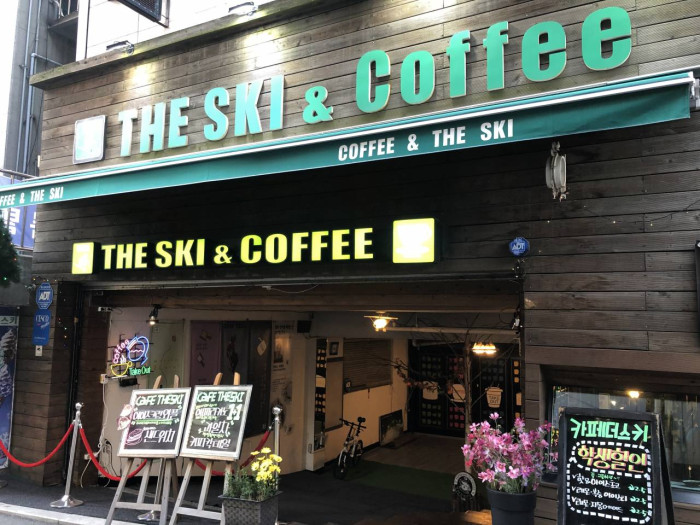
![Olive Young - Hwanghak Sageori Branch [Tax Refund Shop] (올리브영 황학사거리)](http://tong.visitkorea.or.kr/cms/resource/46/2888246_image2_1.jpg)

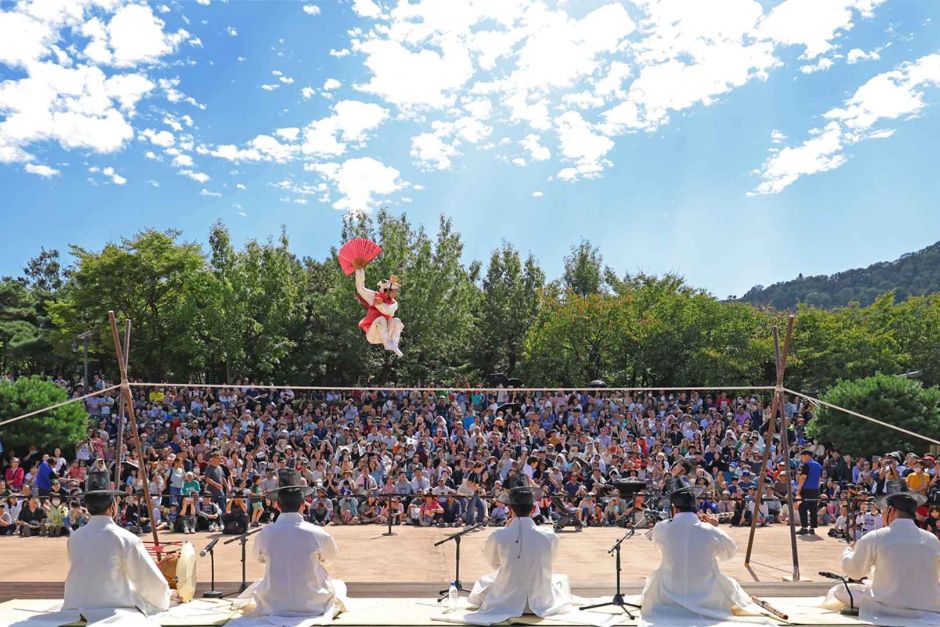
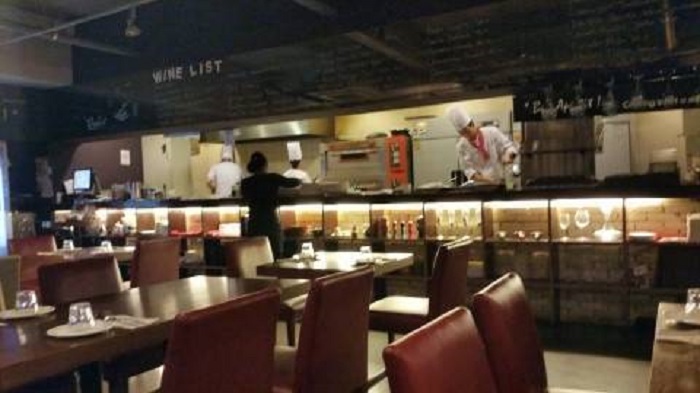
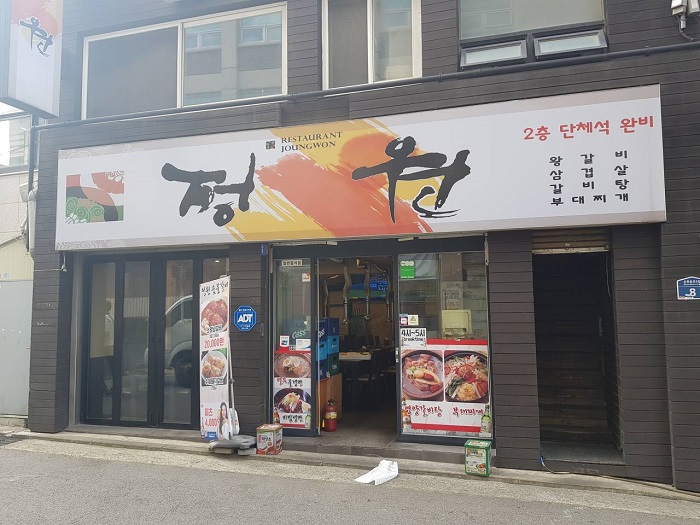
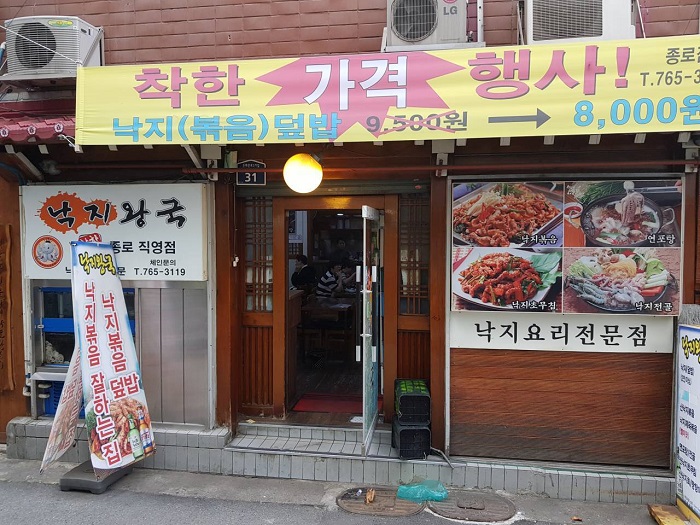
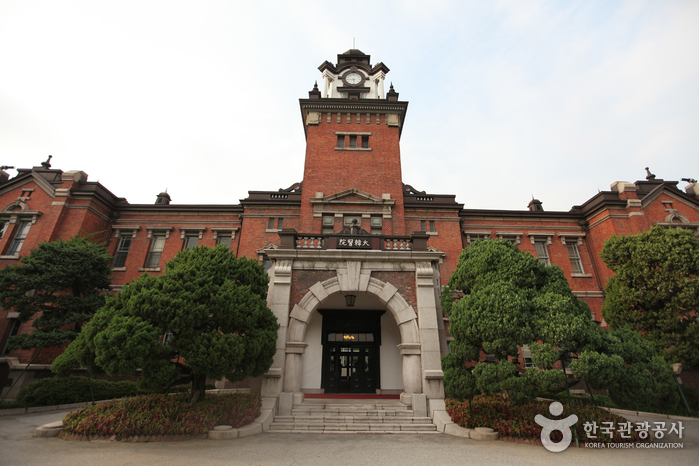
 English
English
 한국어
한국어 日本語
日本語 中文(简体)
中文(简体) Deutsch
Deutsch Français
Français Español
Español Русский
Русский